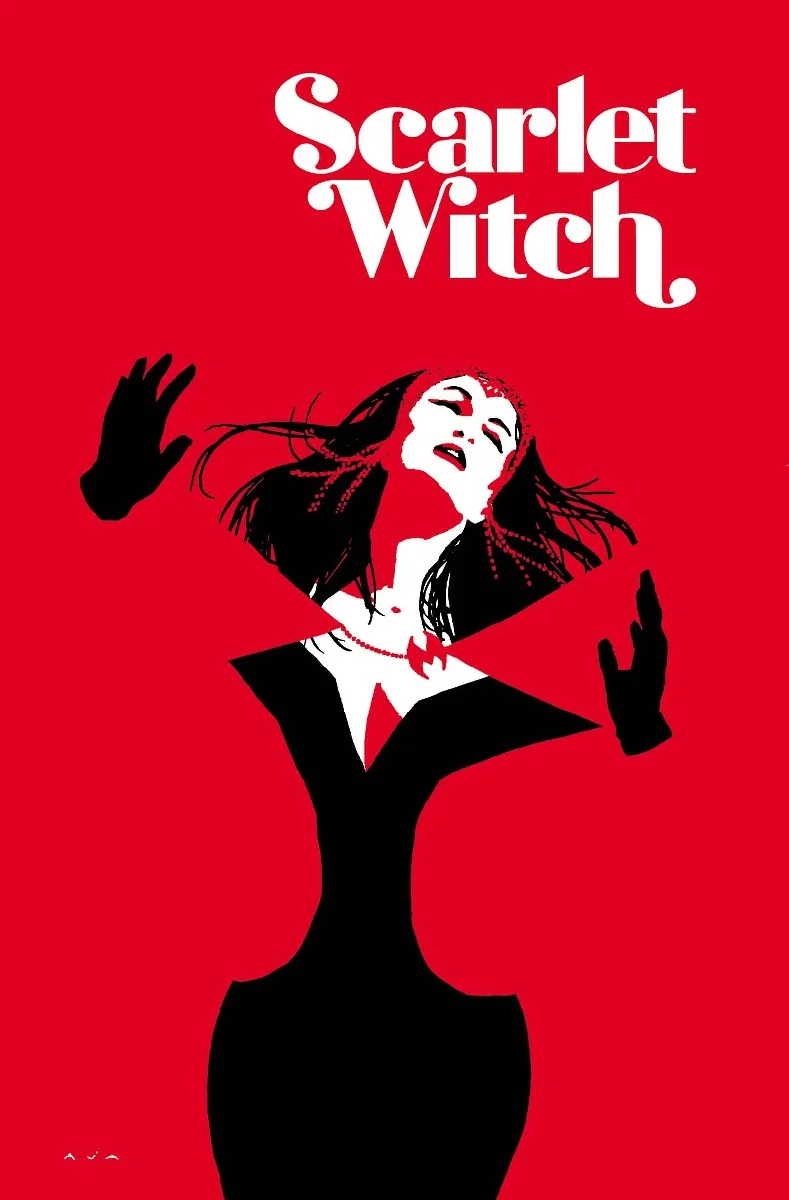aCADEMIC pAPERS
Drawing 18. Classic or Post Classic period. Naj Tunich. Images from the
Underworld: Naj Tunich and the Tradition of Maya Cave Painting. Andrea Stone. Austin: University of Texas Press, 1995. Plate 12. Print.
rECONSIDERING tHIRD gENDER IN THE aNCIENT mAYA wORLD
In 1979, Maya scholarship was forever changed. The rediscovery of the ceremonial cave in Guatemala called Naj Tunich – “stone house” in Mopan Mayan– brought us compelling images of gender in the Classic Maya world that are over 1,500 years old. The Naj Tunich drawings depict clearly identified gendered bodies, but also include a unique erotic encounter between a male and an androgynous figure. Some scholars have interpreted this as a homoerotic scene; others claim the ambiguous figure is a woman. This paper will argue that this remarkable image depicts neither male nor female bodies, but rather a third gender. Research around Classic Maya gender imagery conducted by scholars such as Rosemary Joyce, Mary Miller, and Karl Taube offers a way to examine Maya gender roles. Ritual performances of gender cross-dressing, such as depicted on the well-known lintels showcasing Lady Xoc of Yaxchilan, were thought to be the only expression of third gender in Classic Maya art. The Naj Tunich drawing expands our knowledge further. Through examination of the Naj Tunich drawing, and images from relief sculpture, ceramic and mural painting, this paper will suggest that we can now posit and explore third gender as a social category of person beyond depiction of royal ceremonies. Thanks to ancient Maya scribes and painters– who have already given us an infinite amount information about their time and place – we can further complicate gender stereotypes and create space for those who identified as neither male nor female in the Classic Maya world.
Sexual Subversion: Exploitation and RECLAMATION
In 2017, Los Angeles based artists, the Kaplan Twins, rose to fame over their pop up show "Make Me Famous", which included paintings of celebrity sex tapes. The work became controversial and sparked conversations of exploitation vs reclamation of women and sexuality. In comparing their works to that of Kurt Kauper, I aim to explore how this work could be read as an attempt to reclaim something that has been stolen.
Scarlet Witch, Vol 2 (Textless variant cover) by David Aja, 2017
Scarlet Witch and the Subversion of Witchcraft
She’s one of the most powerful characters in the Marvel Universe. With reality warping magic and a vast knowledge of sorcery, Wanda Maximoff, also known as the Scarlet Witch, has proven herself as one of the most important members of the Avengers. Even with her introduction as a villain and history of mental instability that has caused her fight against her friends, the Scarlet Witch remains one of the most recognizable Marvel heroes. However her name suggests something else. Even in a post-Harry Potter world, witches are still often associated with evil and darkness. What makes the Scarlet Witch such an interesting character, is her ability to subvert the Western World’s associations with witches. But how does the Scarlet Witch subvert the western traditions of witches? This paper aims to explore how the Scarlet Witch subverts and reclaims the title of witch, by exploring her through some of her most important storylines, as well as comparing her with comic witches.


